Aerospace Sector Expansion
The aerospace sector is a key driver of the Aluminum Alloy Market. With the increasing demand for air travel and advancements in aerospace technology, the need for lightweight and high-strength materials is paramount. Aluminum alloys are extensively used in aircraft structures, components, and systems due to their excellent strength-to-weight ratio and resistance to corrosion. The market is expected to grow as airlines and manufacturers seek to enhance fuel efficiency and reduce operational costs. Recent data indicates that aluminum alloys account for approximately 80% of the total weight of commercial aircraft. This trend highlights the importance of the Aluminum Alloy Market in supporting the aerospace sector's growth and innovation.
Automotive Industry Growth
The automotive industry significantly influences the Aluminum Alloy Market. As manufacturers strive to enhance fuel efficiency and reduce emissions, the demand for lightweight materials has surged. Aluminum alloys are increasingly utilized in vehicle components, including body panels, engine parts, and wheels, due to their favorable properties. The market is projected to expand as automakers adopt aluminum alloys to meet regulatory standards and consumer preferences for eco-friendly vehicles. In recent years, the automotive sector has seen a notable increase in the use of aluminum, with estimates suggesting that aluminum content in vehicles could rise by 30% by 2030. This trend underscores the critical role of the Aluminum Alloy Market in supporting the automotive sector's evolution.
Sustainability Initiatives
The Aluminum Alloy Market is increasingly influenced by sustainability initiatives. As environmental concerns rise, industries are shifting towards materials that are recyclable and have a lower carbon footprint. Aluminum alloys, known for their recyclability, are becoming a preferred choice in various applications. The market is projected to grow as manufacturers adopt eco-friendly practices, with the aluminum recycling rate reaching approximately 75% in recent years. This trend not only aligns with global sustainability goals but also enhances the appeal of aluminum alloys in sectors such as automotive and construction. Companies that prioritize sustainable sourcing and production methods are likely to gain a competitive edge in the Aluminum Alloy Market.
Technological Advancements
Technological advancements play a pivotal role in shaping the Aluminum Alloy Market. Innovations in alloy composition and processing techniques have led to the development of high-performance aluminum alloys that meet stringent industry standards. For instance, advancements in additive manufacturing and precision casting are enabling the production of complex components with enhanced mechanical properties. The market is witnessing a surge in demand for lightweight materials, particularly in the aerospace and automotive sectors, where weight reduction is crucial for fuel efficiency. As technology continues to evolve, the Aluminum Alloy Market is expected to benefit from improved production methods and enhanced product offerings.
Growing Demand in Construction
The construction sector is a significant driver of the Aluminum Alloy Market. With urbanization and infrastructure development on the rise, the demand for lightweight and durable materials is increasing. Aluminum alloys are favored for their strength-to-weight ratio, corrosion resistance, and aesthetic appeal. In recent years, the construction industry has seen a shift towards using aluminum alloys in structural applications, facades, and roofing systems. This trend is expected to continue, with the construction sector projected to account for a substantial share of the aluminum alloy consumption. The Aluminum Alloy Market is likely to thrive as builders and architects seek innovative solutions that combine functionality with design.
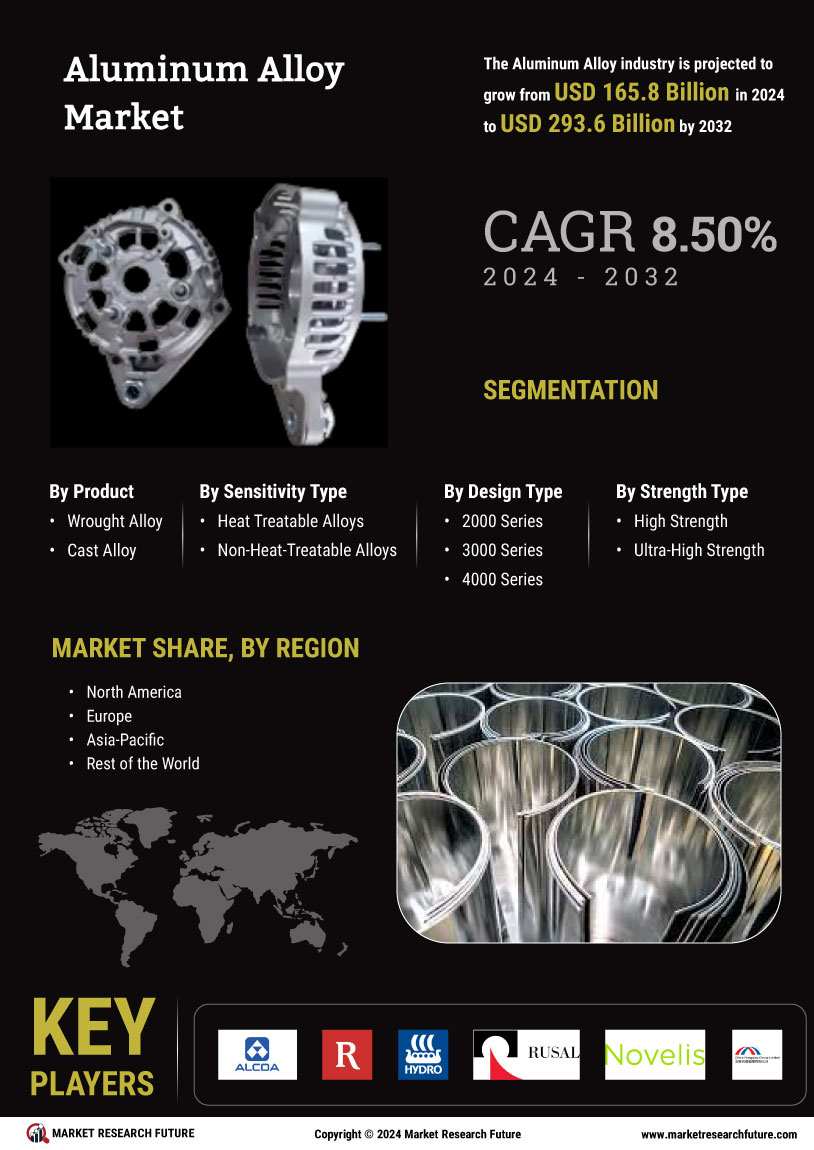

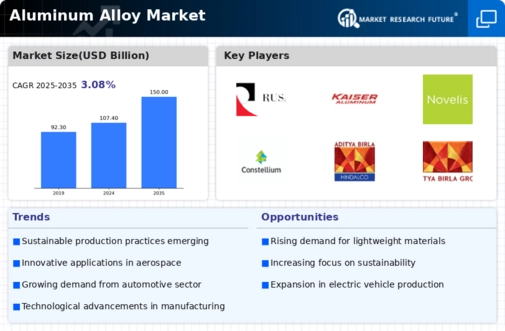
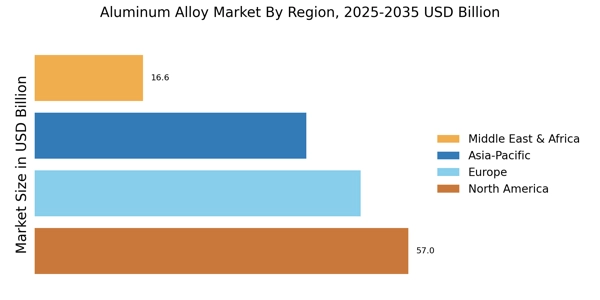
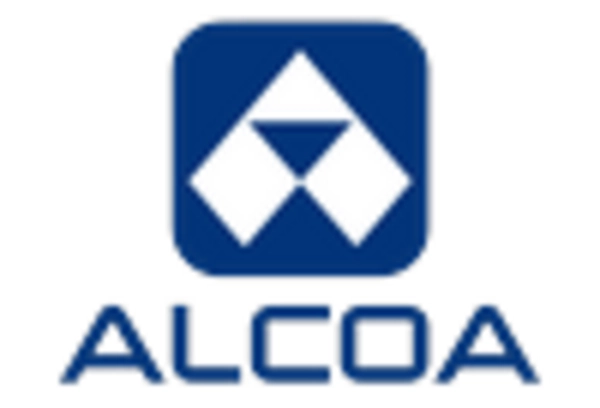

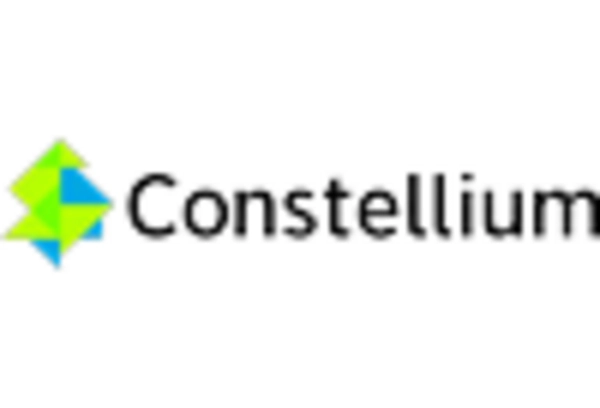

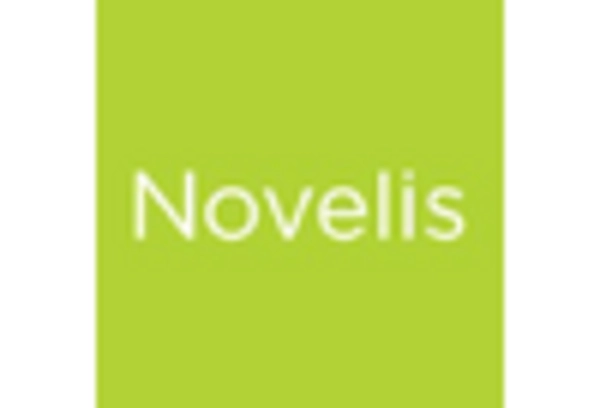









Leave a Comment